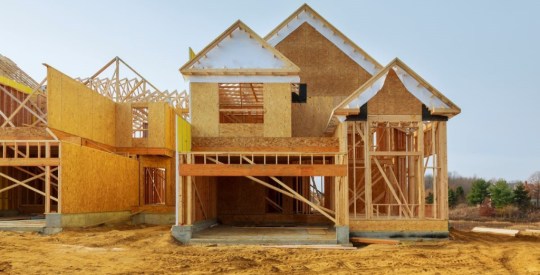One of the most important Dodd-Frank Act rules governing how mortgages will be written is nearly finalized.
The Qualified Mortgage rule, which sets standards for how lenders determine a borrower’s ability to repay, is very likely to arrive this summer and some months before its January deadline. Industry trade groups and influential market players have been meeting regularly with administration and regulatory officials to ensure the rule does not limit mortgage availability in the future. The message appears to be resonating in Washington.
“We are significantly analyzing the rule with a board of economists, lawyers and mortgage experts to evaluate the options. We want to encourage a competitive market to do what it is expected to do, to confidently calibrate and price risk,” said Consumer Financial Protection Bureau Deputy Director Raj Date at the Mortgage Bankers Association secondary conference in New York Monday.
The issue of QM revolves around future litigation risk.
One version of the rule would allow lenders to originate home loans under a legal safe harbor, provided the loans do not have certain features such as negative amortization, balloon payments, interest-only payments, or terms exceeding 30 years. As long as the bank stays within these guidelines, it will be in compliance.
Another direction for QM provides a “rebuttable presumption of compliance” clause, meaning the lender is presumed compliant as long as it follows guidelines in the first option and also verifies the borrower’s employment, debt-to-income ratio and credit history.
To some, the “rebuttable presumption” would mean any future foreclosure would be thrown into court. Foreclosure defense attorneys will able to challenge whether or not the loan being foreclosed upon was QM compliant, and if it wasn’t, judges could award TILA damages to the borrower.
And the industry is lobbying hard for a safe harbor.
Lewis Ranieri, chairman and founder of Ranieri Partners and one of the pioneers of securitization, said in a speech before Date, that lenders are unable to gauge what the litigation risk would be without a safe harbor and some would be unwilling to originate loans without it.
“In the last two weeks, two well-respected mortgage companies approached us wanting to sell their operation,” Ranieri said without disclosing whom. “Each cited regulatory uncertainty.”
Because of the actions of Countrywide and other now-defunct firms, many consumer advocates want to maintain a circle of protection around mortgage borrowers in the future and believe such litigation risk in the future would deter behavior seen during the housing boom.
But Ranieri claimed some firms would be so risk adverse to QM that they would step into even more litigation problems under the Truth in Lending Act.
“The rebuttable presumption is simply not predictable at all at any stage,” Ranieri said.
The CFPB inherited the rulemaking authority from the Federal Reserve, which crafted the two options last year. CFPB Director Richard Cordray said the bureau is working hard in the first half of 2012 to have a finalized rule proposed, possibly this summer. While Date did not say which way on the issue the bureau is leaning, he said the rule will be written to fit in any environment, not just the still struggling one coming out of the crisis.
“We will create a sensible rule that works with the market throughout the credit cycle, not just attentive to how risk adverse the market appears today,” Date said.
QM is but one of many rules due this year under the Dodd-Frank Act. Others involve risk retention and the qualified residential mortgage. Ranieri said the near future is likely to determine the outlook for some time.
“The future of this industry will be determined over the next eight months,” Ranieri said. “This is are regulatory movement that not just trying to fix but trying to change.”
MBA CEO David Stevens said QM, though, will be the most meaningful rule to come out of the Wall Street reform when it comes to the availability of housing finance.
“QM is the holy grail of determining who gets a mortgage in the future,” Stevens said.



